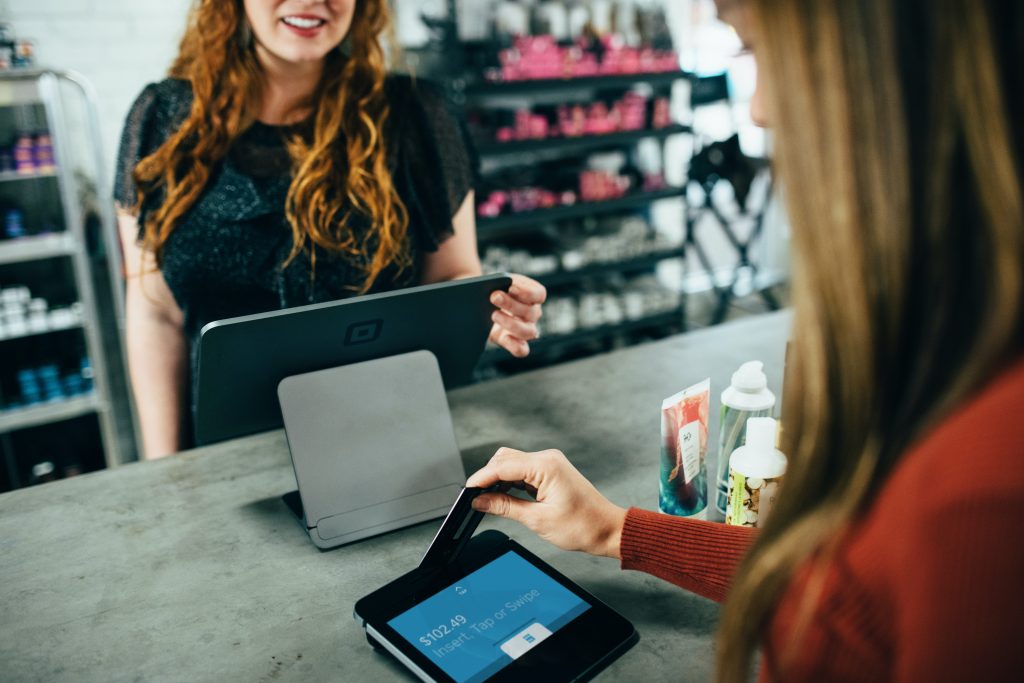The Paycheck Protection Program (PPP) was introduced in 2020 as COVID-19 pandemic relief. Its primary purpose is to help small businesses pay payroll, hire laid-off employees, and cover other business expenses. The original CARES Act enables small businesses to receive emergency loans, including this program. The PPP loan application once approved, provides eligible businesses with up to a certain amount of cash each week, based on their average payroll for the last 24 weeks.
Loan Forgiveness
The Paycheck Protection Program is a federal initiative that provides cash flow assistance to eligible individuals. This program originated with the Coronavirus Aid, Relief, and Economic Security (CARES) Act, which provided individuals eight weeks of cash flow assistance. It is backed by the Small Business Administration and has since been expanded with several pieces of legislation. For example, businesses that use more than 60% of the PPP loan to pay payroll are eligible for partial forgiveness. To qualify for this relief, companies must have separate bookkeeping from other enterprises. Payroll expenses include salaries, benefits, and hazard pay for employees. Individual compensation is capped at $100,000 per year. Non-payroll fees include accounting needs and software. Additionally, businesses must consist of any property damage costs deductible on their 2019 tax returns.
The SBA has a form applicants can fill out and submit to their lender. Upon approval, the lender will write the application and provide documentation of all payroll expenses, including rent, mortgage, and utilities. Applicants must submit this form by August 2020. The application must be submitted within ten months of the end of the covered period.
SBA-guaranteed Loan
There are specific rules for obtaining an SBA-guaranteed loan for payroll protection. The maximum principal amount of a Paycheck Protection Program loan is 2.5 times the borrower’s average monthly payroll for the past twelve months. The rules are not yet final, so lenders are encouraged to contact them as soon as possible to apply. While the rules are still in flux, there is some guidance on how to navigate the program.
Unlike traditional banks, SBA-guaranteed loans are backed by the federal government. Lenders who obtain an SBA-guaranteed loan must ensure that the borrower can afford to pay their payroll and make all other payments. Depending on the type of loan, it could be a couple of months’ worth of payroll costs or up to 2.5 months of payroll expenses. Additionally, the loan amount cannot exceed $10 million, and compensation paid to individuals that earn over $100,000 a year will not be covered.
You must be an H-2A or H-2B employee to obtain an SBA-guaranteed loan for payroll protection. In addition to proof of legal presence, you must also have a principal place of business in the U.S. To get an SBA-guaranteed loan, you should gather documentation based on your company’s structure, monthly payroll expenses, organizational documents, and a copy of government-issued identification. You must meet costs, including salaries, employee payroll taxes, commissions, tips, vacation pay, insurance premiums, and paid sick leave.
Relationship Lender
Small businesses that already have a relationship with a relationship lender have a 57% greater chance of obtaining a Paycheck Protection Program loan than those that do not have a relationship with a lender. This increase is much higher than that of non-relationship-based firms, which only see an 18% increase. The reason for this difference may lie in the personal connections between the borrower and the lender. Personal relationships such as shared education, employment history, or even ties to nonprofit organizations can increase the likelihood of a loan by over 7%.
The first step in applying for a Paycheck Protection Program loan is determining your eligibility. This includes choosing the maximum loan amount and whether you can receive loan forgiveness. Those who can qualify will be contacted by a relationship lender within three business days.



